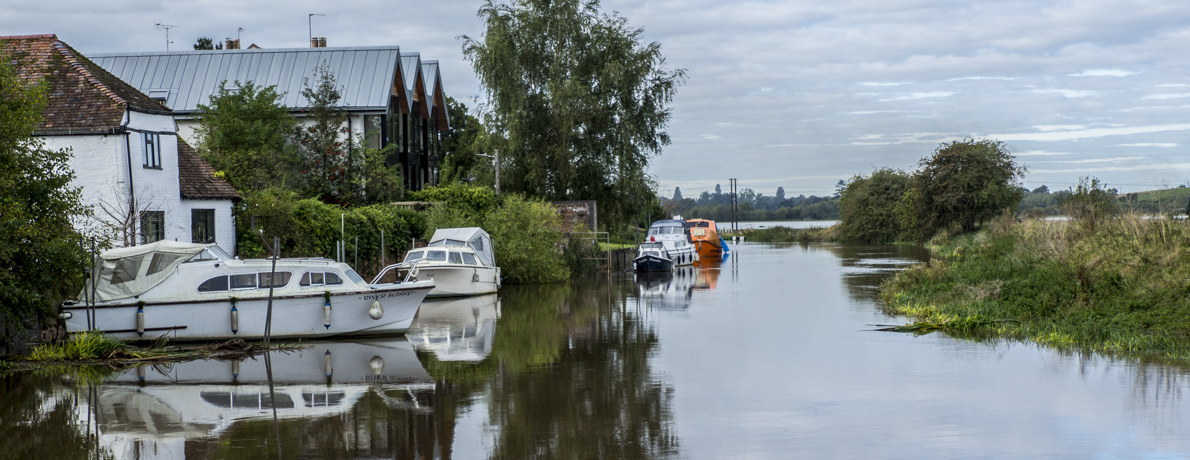
Tewkesbury is a captivating town with its abundance of beautiful historic buildings on the confluence of two important rivers, the Avon and the Severn. Both brought prosperity to the town during the twelfth century when it was important for trade and milling.
As the population of the English town of Tewkesbury in Gloucestershire expanded the growth of the town was restricted by the lack of land. When there was no more space for new buildings the town developed upwards, storey by storey. Each storey jutting out over the one below. Towards the end of the seventeenth century the alleyways began appearing and many people lived down them in cramped, dark and dirty conditions as they also acted as drains and rubbish dumps. Today trade has ceased, the mills have closed but the alleys are now desirable residences and an unusual tourist attraction in the town is the Bloody Meadow the site of a famous battle during the War of the Roses.
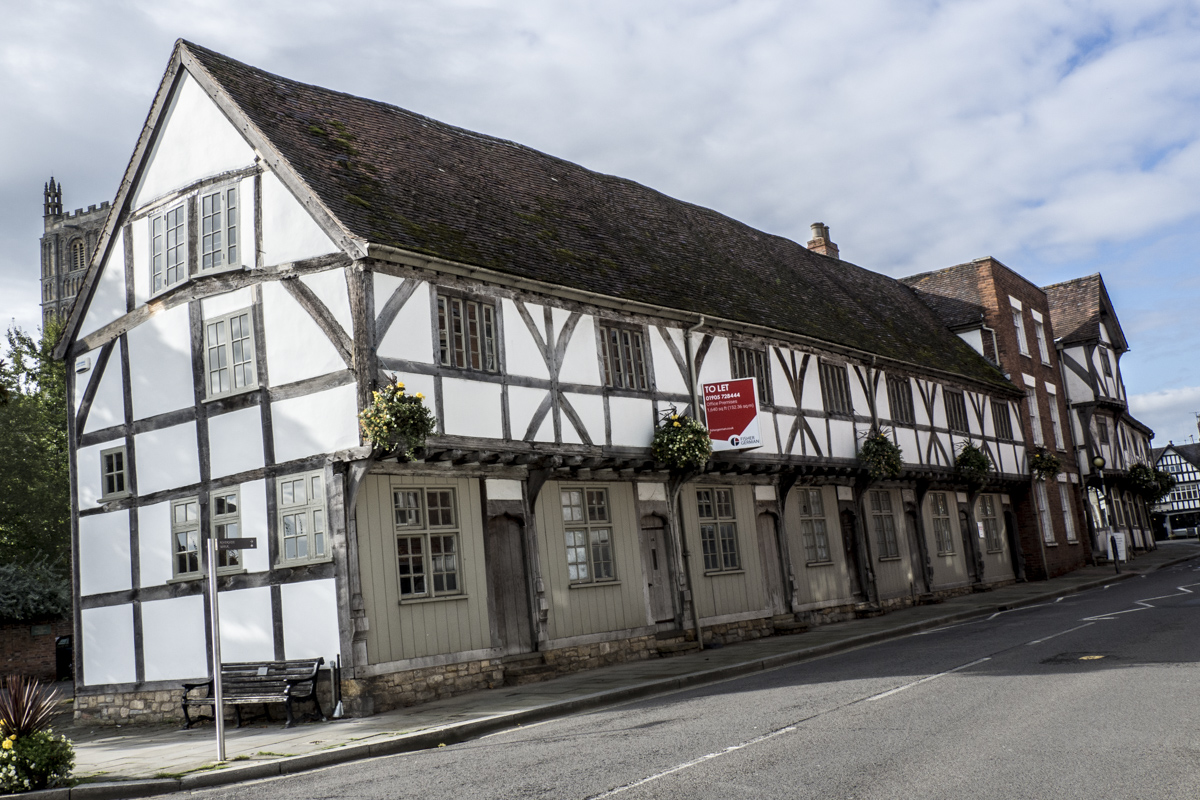
The Abbey Cottages in Tewkesbury
Memorials to the Battle in Tewkesbury in Tewkesbury
Entering Tewkesbury on the A44 from Gloucester visitors cannot fail to notice two enormous oak sculptures. Two horses on either side of the road, one with a rider and one without (this is deliberate) represent a major event in the history of the town – the Battle of Tewkesbury in 1471. Named the Arrivall it represents the one day during the fifteenth century when Tewkesbury was the scene of an historic event that reverberated through England during the War of the Roses. It is positioned on the high ground that the Yorkist army had to cross to see the opposing Lancastrian army and once they had each other in their sights a battle was inevitable. The figures, hewn from green oak, were created by Phil Bews and Diane Gorvin.
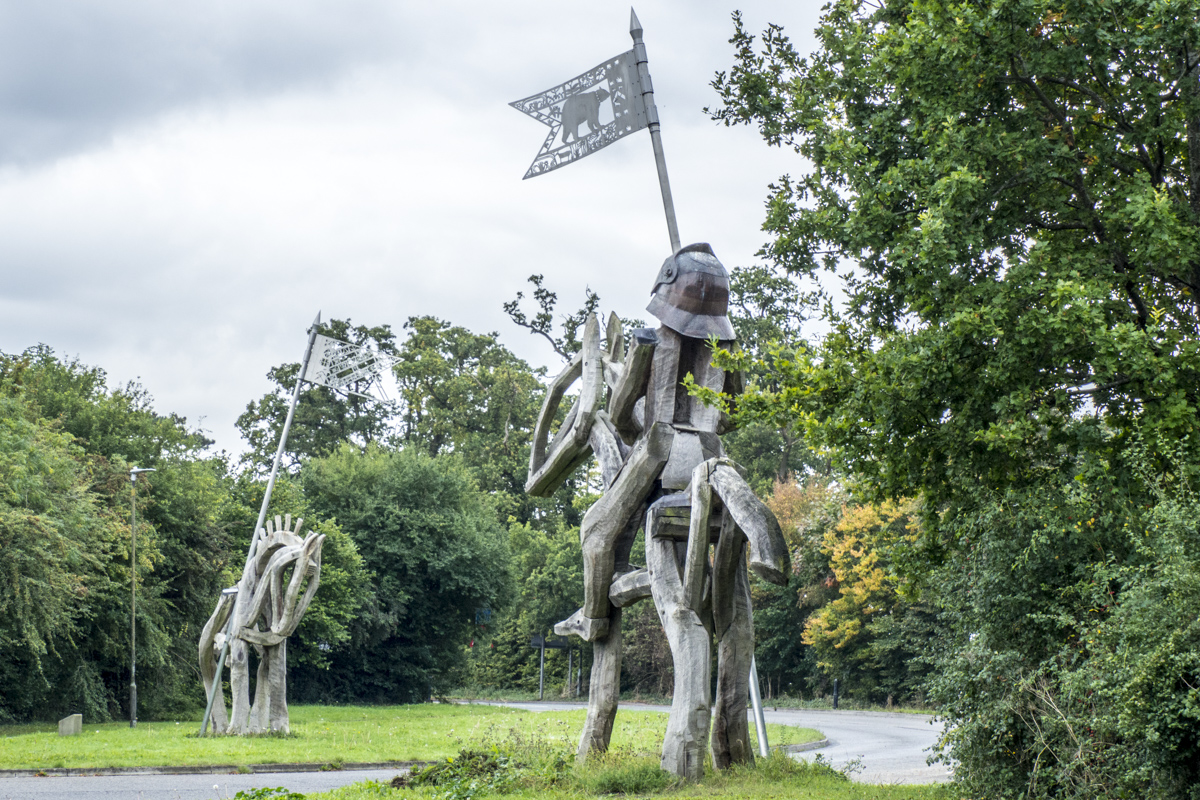
The Arivall in Tewkesbury
This famous battle is also featured in the Battle Trail which traces the course of the battle telling the story through information boards on route. The trail goes through the Bloody Meadow. As the Yorkist army pushed the Lancastrians back they became hemmed in by water on both sides and those that could not escaped were slaughtered on the killing field now known as the Bloody Meadow. There is no record of the exact number of Lancastrians who died here. Only the names of the most important people were recorded. Those who did escape the Bloody Meadow then had to cross the Mill Avon and many drowned attempting to do so. Those who sought sanctuary in the Abbey were dragged out and suffered the same fate.
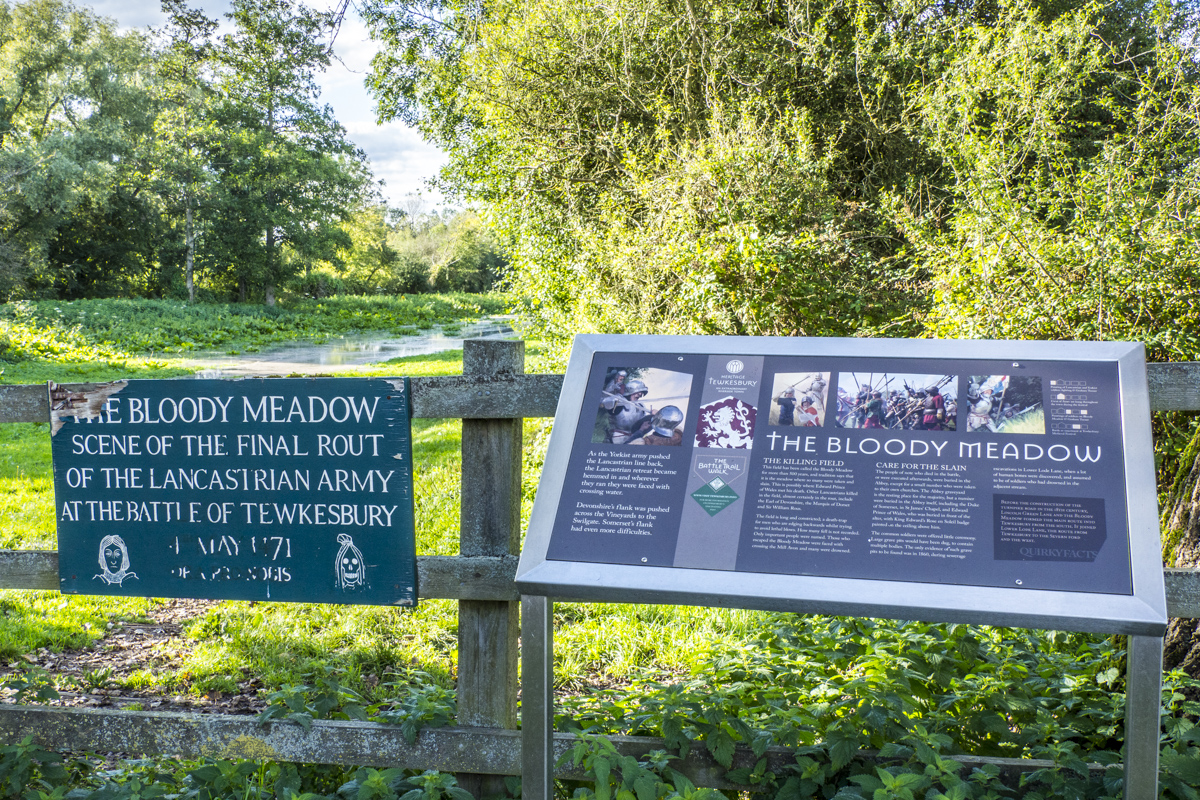
The Bloody Meadow in Tewkesbury
Banners recording the names of famous combatants in this battle hang from the lamp posts lining the road that leads to the Bloody Meadow. Every summer houses and shops in the town display the coats of arms of those who took part in the battle with an explanatory notice on each building. This project is organised by the Tewkesbury Battlefield Society. Every year there is a re-enactment of the battle during the Tewkesbury Medieval Festival.
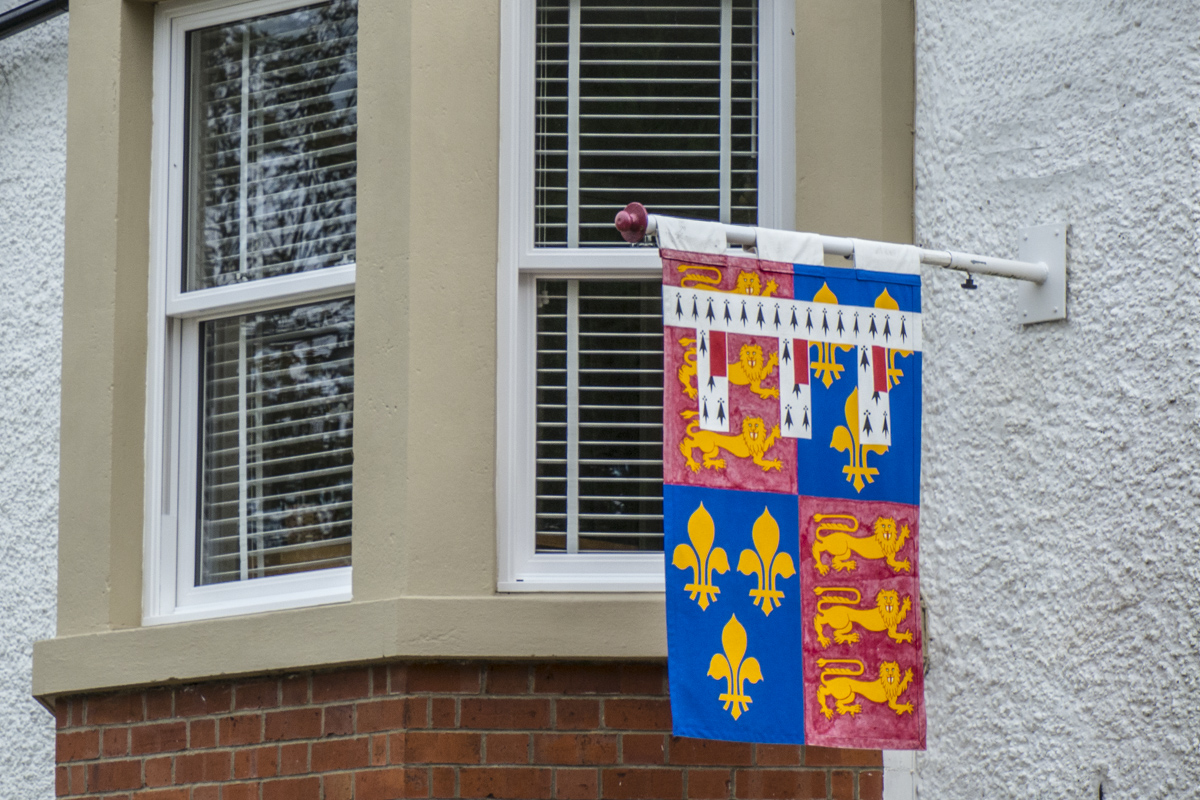
Coat of Arms Displayedr on a house in Tewkesbury
The Victoria Pleasure Gardens in Tewkesbury
Generally referred to simple as the Victoria Gardens these gardens, on the banks of the Mill Avon were created to celebrate the diamond jubilee of Queen Victoria in 1897. The Jubilee Arches at the entrances to these gardens were added in 2012 and 2013 to commemorate the Diamond Jubilee of Queen Elizabeth II. This project was organised by the Friends of Victoria Pleasure Gardens a group of volunteers who tend the gardens. This group was formed in 2007 after disastrous floods destroyed the gardens. They work very hard to maintain the colourful displays in the gardens despite their continuing susceptibility to floods.
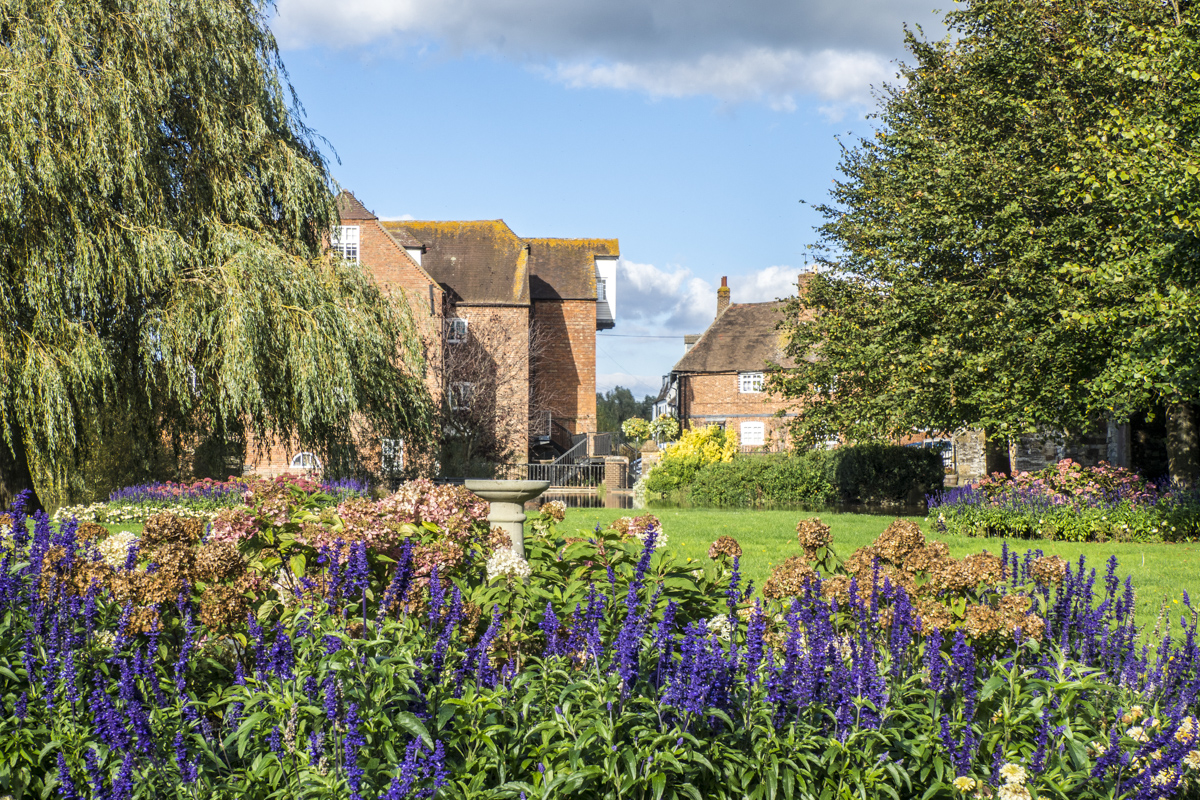
The Victoria Gardens in Tewkesbury
The Abbey Mill is a dominant feature of the gardens. There has been a mill on this site since around 1190 when it was the principal mill for Tewkesbury Abbey. It was the monks who created the Mill Avon to power the mill. The mill was rebuilt during the eighteenth century and enlarged in the mid-nineteenth century. Sometimes referred to as Fletcher’s Mill it continued to operate until 1921 when it became a restaurant. It was converted in private residences in 2005.
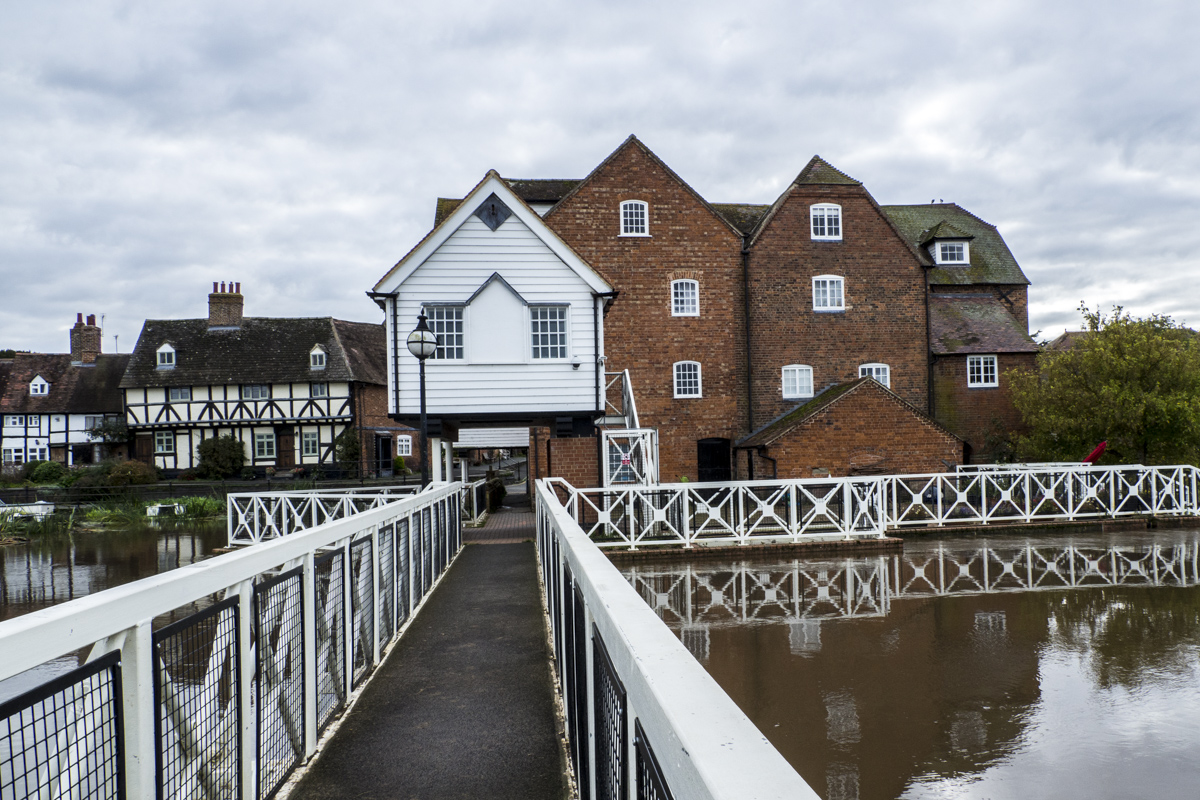
The Old Abbey Mill in Tewkesbury
The Riverside Walks of Tewkesbury
Skirted by the Old Avon River on one side and the Mill Avon on the other the Severn Ham is an ancient water meadow. The word Ham means, among other things, flood plain or water meadow. This Ham is one of the best examples of the few still existing in the UK. A natural habitat for wild flowers, birds and insects it is a lovely place for gentle walks. Self-guided walks are available from the Tourist Information Centre or can be downloaded from the internet.
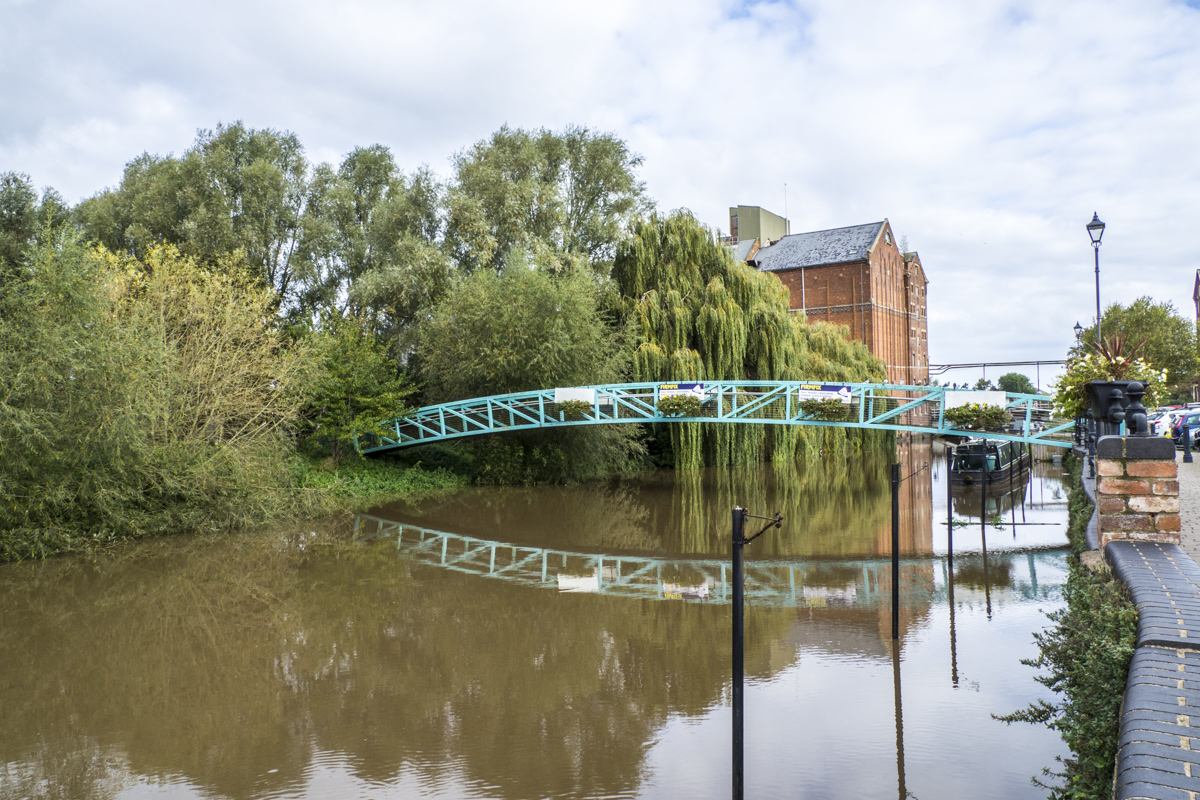
Footbridge to the Severn Ham in Tewkesbury
The John Moore Museum in Tewkesbury
The John Moore Museum tells the story of John Moore a local writer and keen naturalist. He wrote about life in Tewkesbury in the early twentieth century. This museum is housed in one of the historic Abbey Cottages that were rescued from dereliction and restored during the 1970s. Also featured in this museum is a Natural History collection of native mammals and birds.
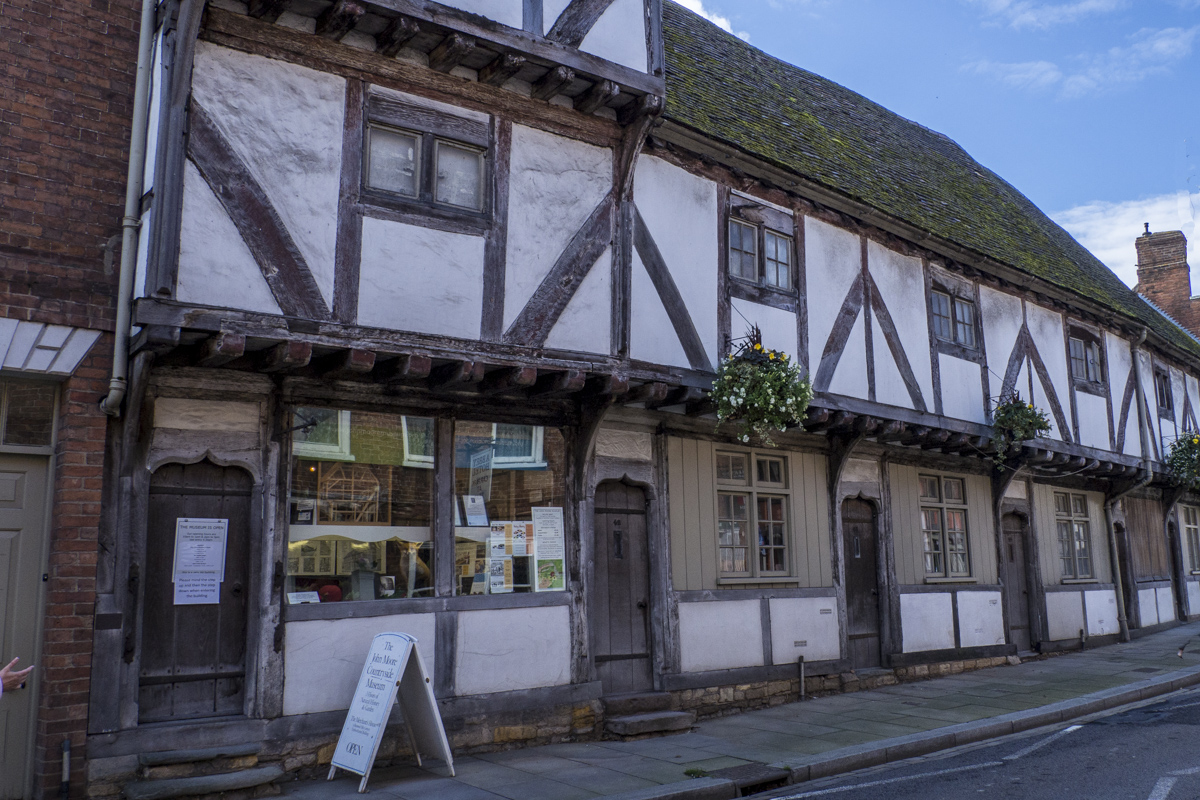
John Moore Museum
A fifteenth century Merchant’s House is a part of this museum and is accessed through the back door on the ground floor. This lovingly restored two-storey house is furnished as a Tudor shop and home. It provides accommodation for re-enactors during the annual re-enactment of the Battle of Tewkesbury1471.
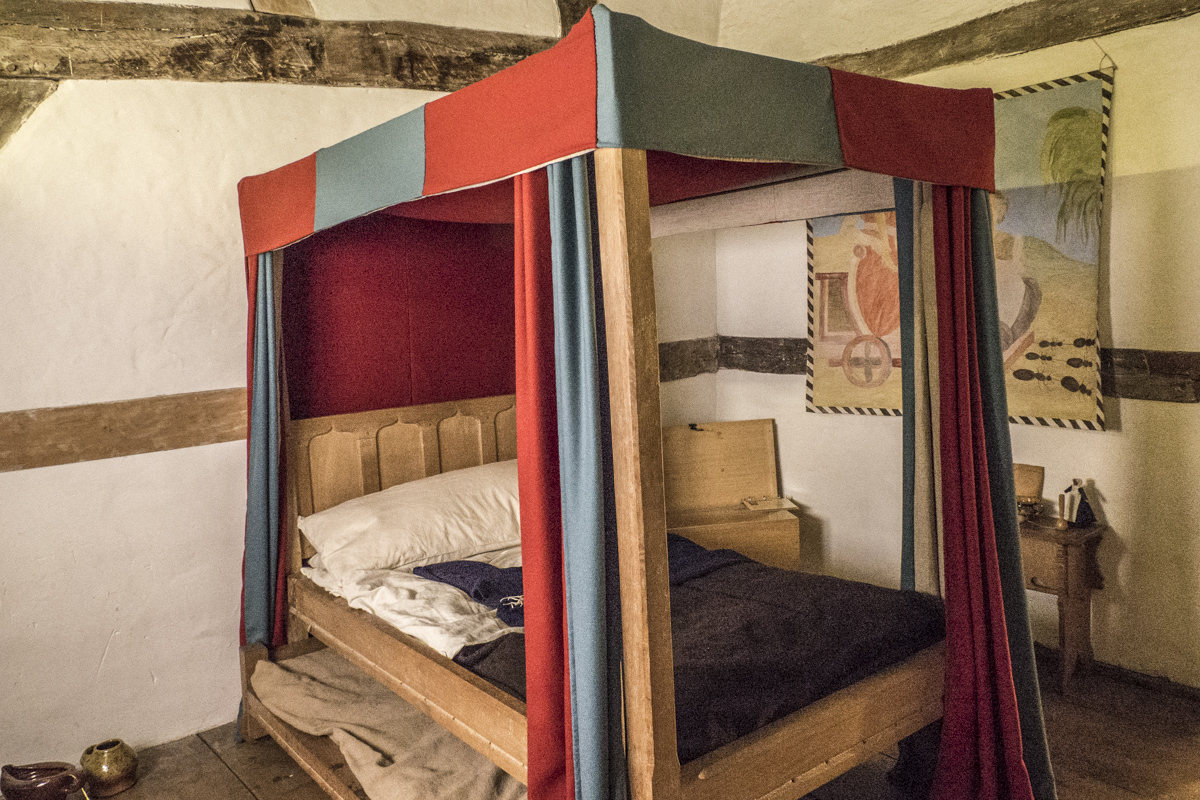
Inside the Fifteenth Century Merchant’s House in Tewkesbury
Across the road from the John Moore Museum in one of the many alleys for which Tewkesbury is famous, is the Old Baptist Chapel The museum has recently renovated the Old Baptist Chapel. This late medieval hall house was originally a private residence that was converted for use as a Nonconformist meeting house. Exhibits in the chapel include the fascinating minute book that has been digitalised and translated so that it can be read on a screen in the chapel. Concerts are held in this building and it can be hired for events and is also the venue for some fascinating talks. I was sorry I missed Tudor swearing, sex & loos! The naughty bits not seen in historical dramas(costumed).
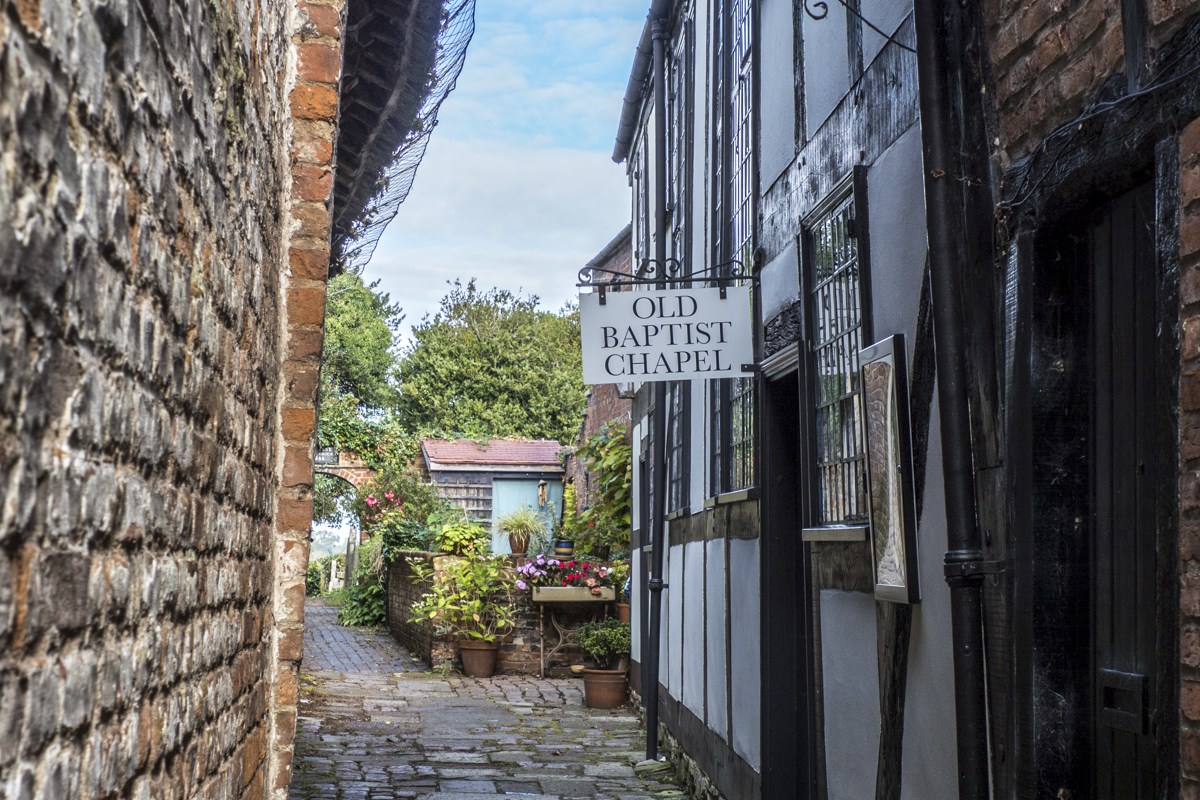
The Old Baptist Chapel in an Alleyway in Tewkesbury
The Abbey in Tewkesbury
Originally part of a monastery, the Abbey, a fine Norman building, was saved during the Dissolution of the Monasteries when the inhabitants of Tewkesbury bought it in 1540 to be used as their parish church. It cost them £453 and was officially named the Parish Church of St Mary the Virgin. The church still retains some of its original features including the Nave Pillars, the Norman Tower and the West Front. The East End features some original medieval windows and several chapels. This impressive church continues to dominate the town and many of the buildings related to the Abbey such as the Abbey Cottages can still be seen today. This is thanks to the development of the Abbey Lawn Trust, originally funded by a benefactor from the United States. Touching Souls Tea Room at the Abbey offers hot drinks, cakes, freshly made sandwiches and light lunches in a very informal atmosphere. All delicious and at very reasonable prices.
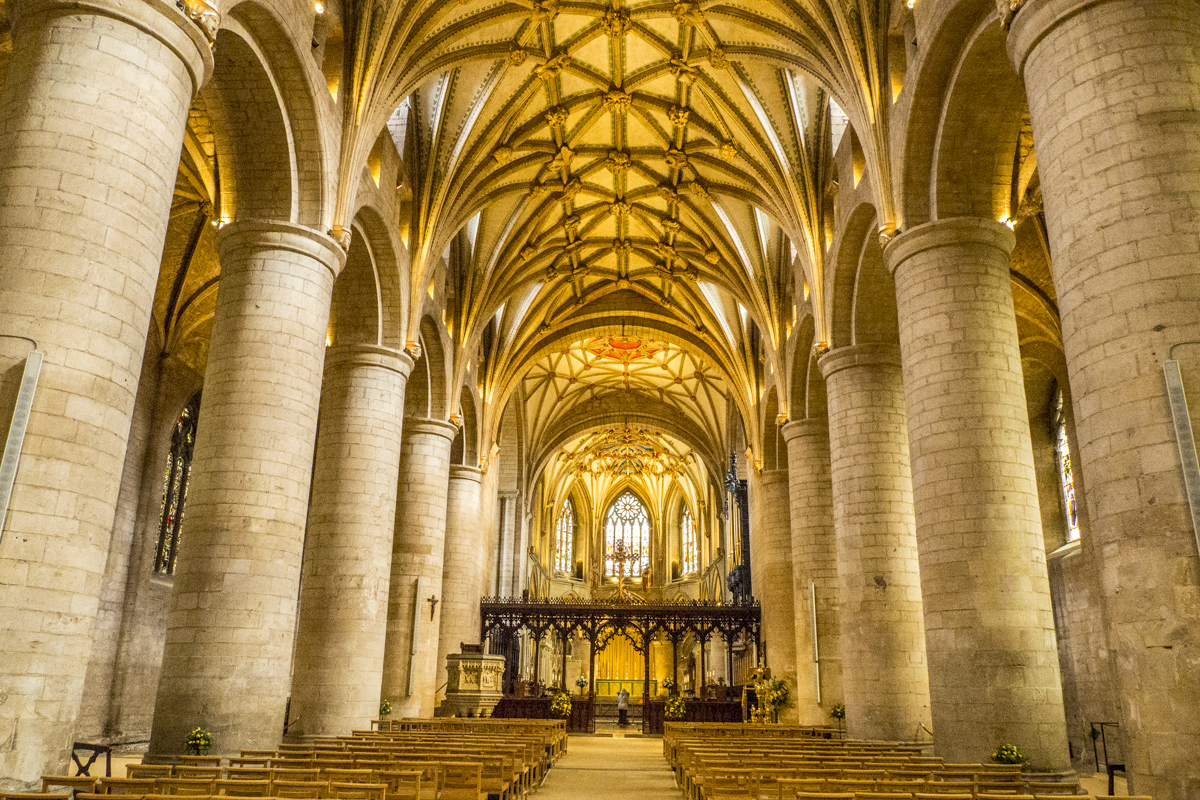
Inside the Abbey in Tewkesbury
Tewkesbury Heritage Visitor Centre
Tewkesbury Heritage Visitor Centre is a great place to start a visit to the centre of Tewkesbury. It fulfils two roles. Situated in a recently restored seventeenth century building it offers a self-guided tour through the history of Tewkesbury. This includes an insight into the Wars of the Roses during which the Battle of Tewkesbury took place in 1471. It also includes some of the commercial history of the town revealing how the prosperity of the town was influenced by the industrial revolution. Stepping back into the present day the visitor centre is a treasure trove of information about places of interest and forthcoming events. The knowledgeable and helpful staff can advise and assist in the booking of events and accommodation.
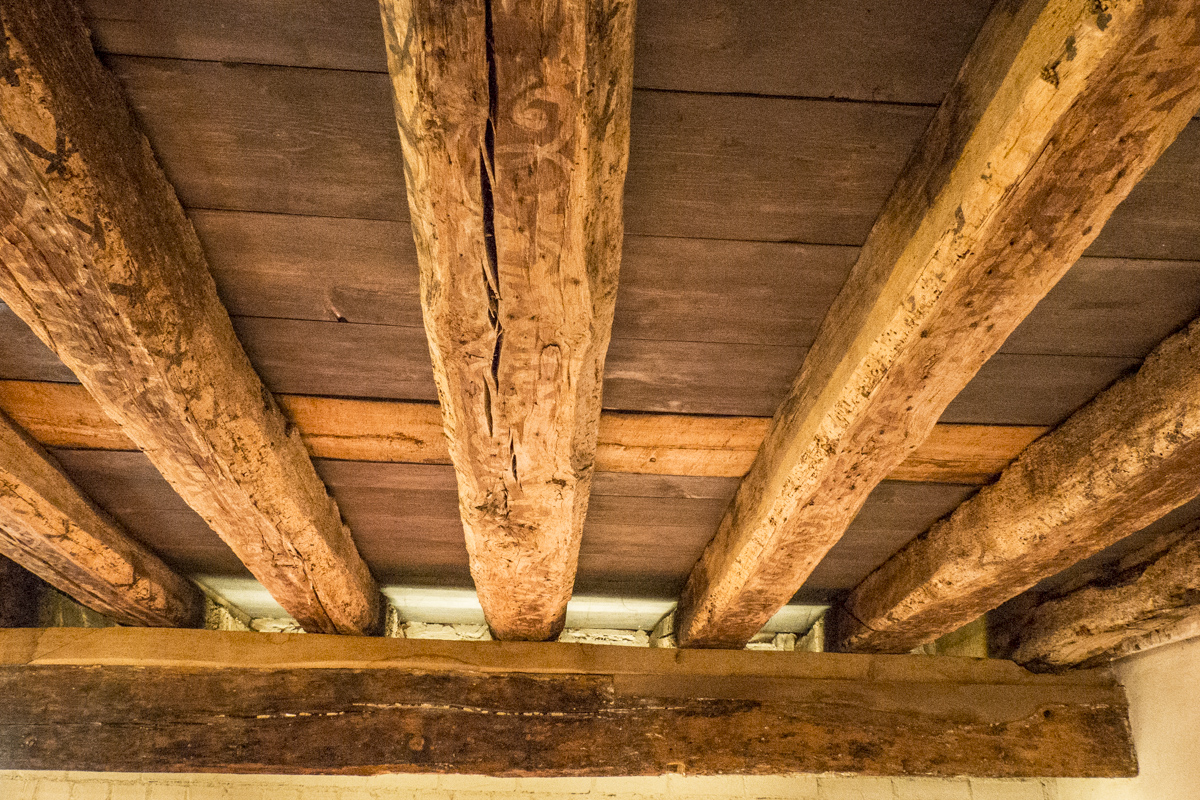
Original Beams in the Tewkesbury Heritage Visitor Centre in Tewkesbury
The Town Hall in Tewkesbury
Tewkesbury Town Hall is one of the few stone buildings in the town. It was built in the High Street in 1788 to replace the sixteenth century town hall which was demolished. This two-storied was intended to be used for judicial, administrative and business purposes. It was set back from the street and the colonnaded ground floor was used as a corn market but not for long. In 1839 the building was enlarged to include a police station, cells, and a fire station. The front was brought forward to align it with the buildings on either side. Today the Corn Exchange is used for a variety of events including indoor markets. The Court Room and cells still exist and the former can be hired for meetings and other events.
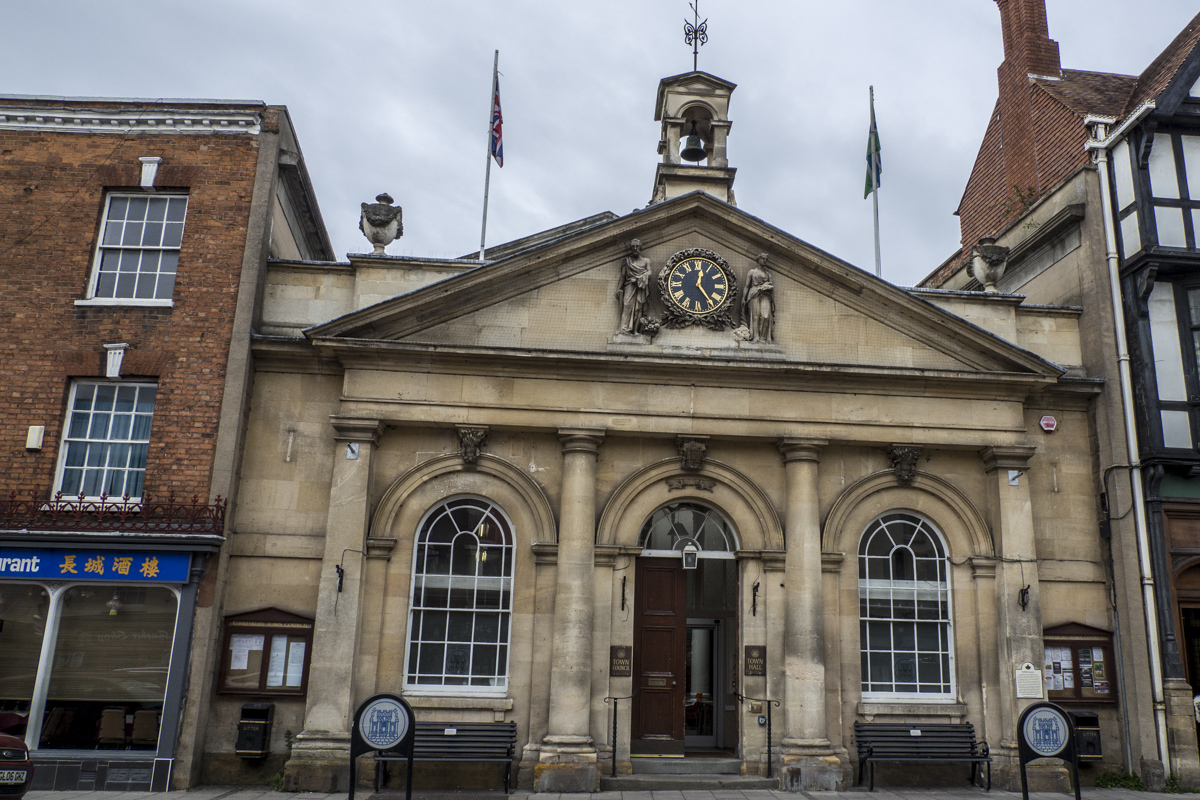
The Town Hall in Tewkesbury
The Town Museum in Tewkesbury
Situated in Barton Street, probably the oldest street in Tewkesbury and inhabited for over one thousand years the Town Museum is housed in a building with its own fascinating history. Like many buildings in the town it dates from around 1650. It was built as a single dwelling for a well to do family, probably a merchant’s house. No doubt it was just one rood deep with a courtyard and outbuildings. Its wide front windows are typical of work rooms windows so this may have been the original purpose of the building. Other uses of this building have included a Quaker Meeting House and a private residence. In 1957 the present owner sold the property to the Borough Council. This purchase was funded by a benefactor on the condition that the building be used for a museum. Five years later the Town Museum opened its doors to the public.
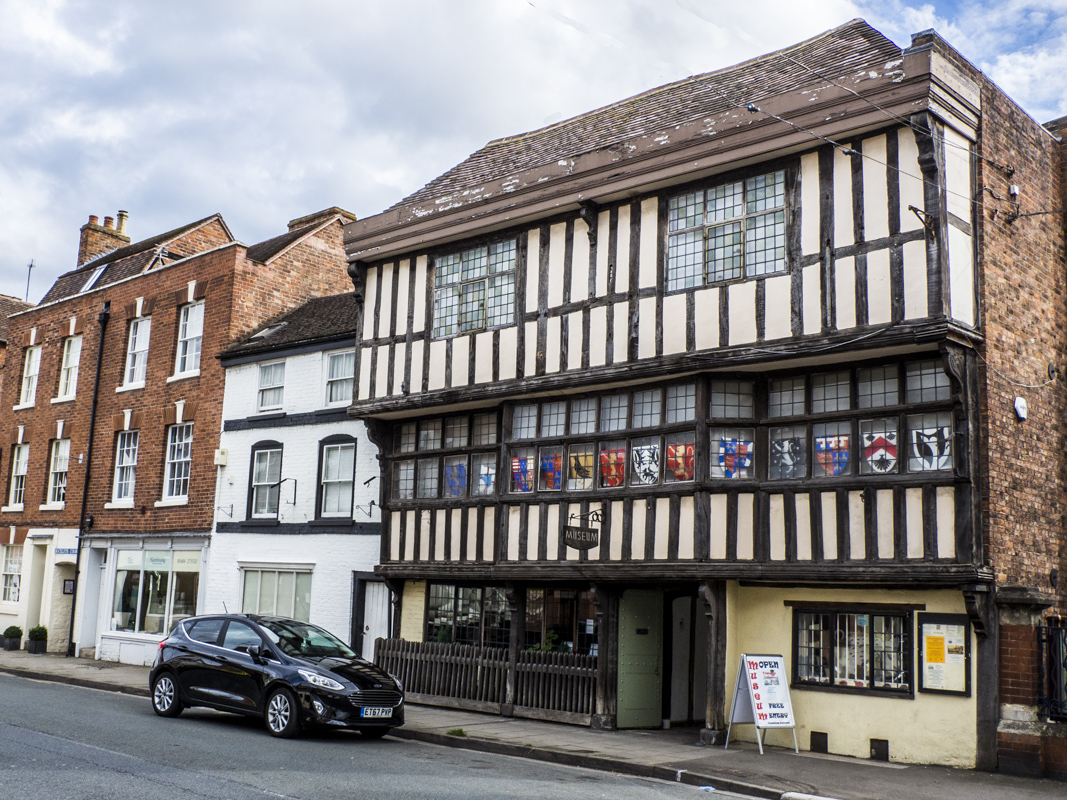
The Town Museum in Tewkesbury
The Museum’s large collection includes objects, images and archives about Tewkesbury and the surrounding areas from its pre-historic to the present day. The three largest collections relate to the Battle of Tewkesbury, the Antarctic explorer Raymond Priestley who was born in Tewkesbury and the annual Mop Fair. The latter relates the history of the annual Mop Fair illustrated by an amazing model of this event that continues to this day.
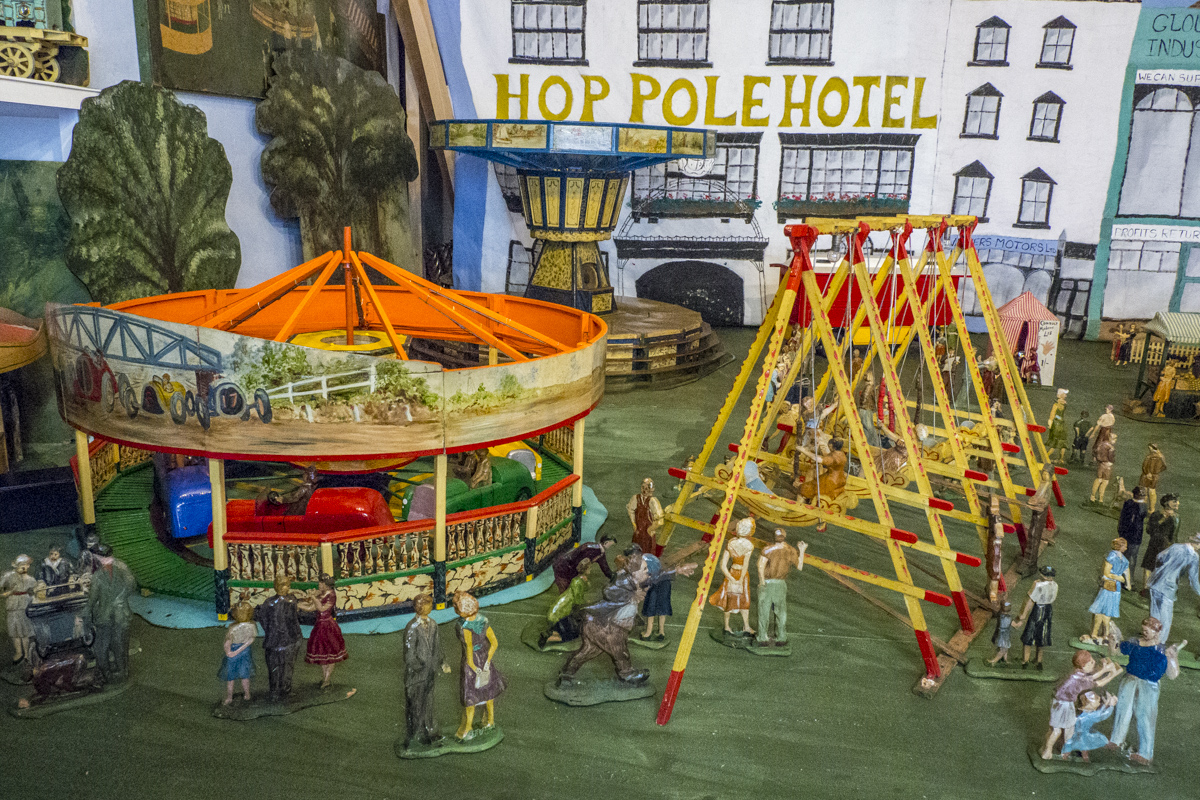
Model of the old Fair in the Town Museum in Tewkesbury
Shopping and Markets in Tewkesbury
If you love books you will enjoy a visit to Cornell Books on which occupies the old Wheatsheaf Inn in the High Street. The ground floor and alley of this lovely old building is crammed full of second hand books and old Ordnance Survey maps for which it is particularly well known. Music plays in the background and a very genial owner will chat happily to customers about books and Tewksbury for as long as they choose to linger. Church Street is lined with friendly boutiques selling distinctive clothing and gifts as well as several inviting tea and coffee shops. There is a twice-weekly market http://visittewkesbury.info/things-to-do/leisure/markets/ in Tewkesbury takes place every Saturday and Wednesday in the Spring Gardens Car Park. The town also hosts a monthly Farmers Market and several Food and Arts Markets during the year.
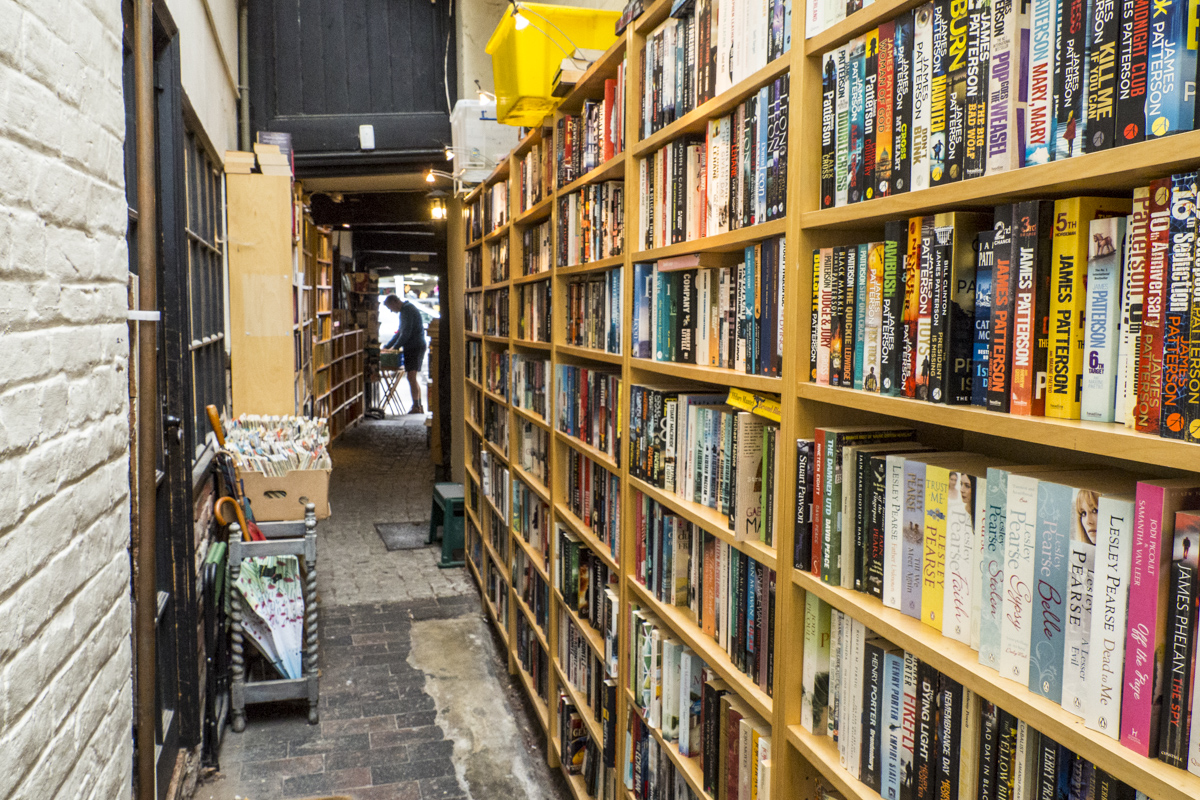
Cornell Books in Tewksbury
Where to Stay in Tewkesbury
Staying at the Tewkesbury Park Hotel is a real treat. Surrounded by extensive parkland it is, nevertheless, within walking distance of the pretty town centre of Tewkesbury. The views from the all the pretty, well-appointed rooms in this independent, family-owned hotel feature the parkland, the surrounding countryside and Tewkesbury Abbey.
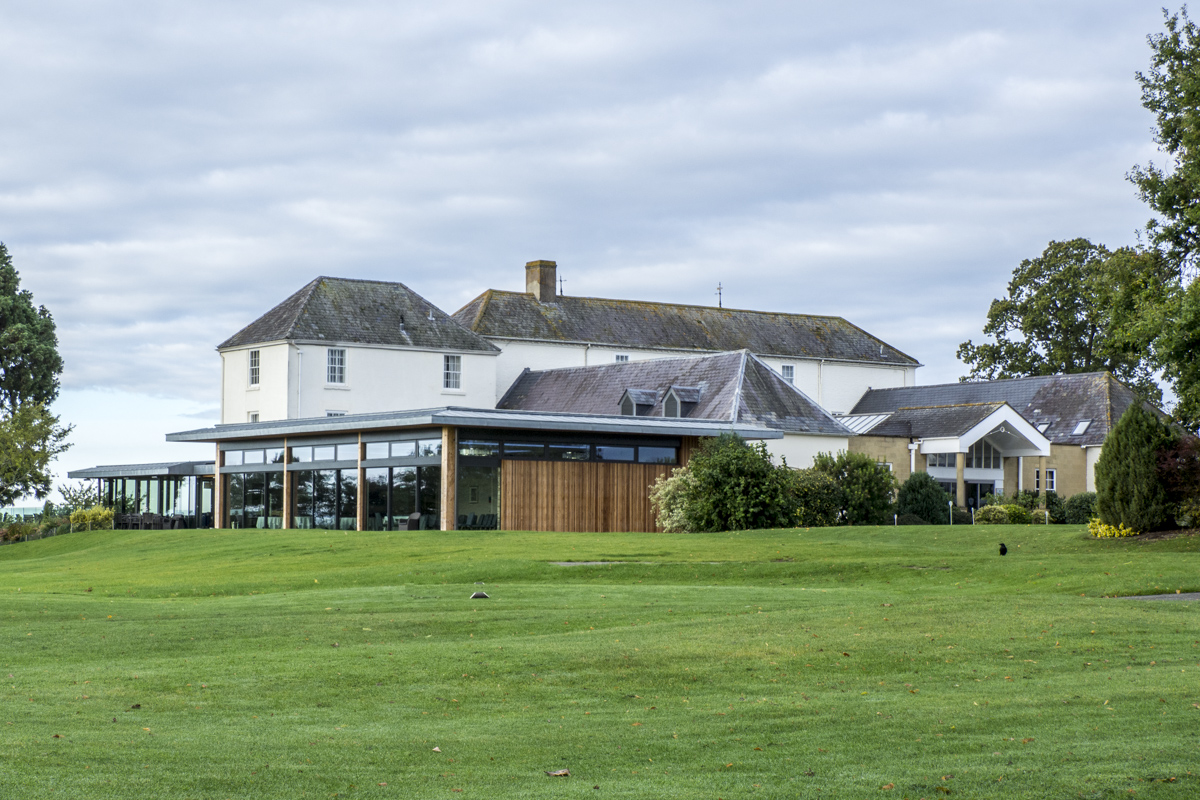
The Tewkesbury Park Hotel in Tewkesbury
I was very impressed with the hotel’s restaurant Mint at Tewkesbury Park. The layout is unusual with different areas each one decorated in a different style. Diners can enjoy lovely views of the park that surrounds the hotel. The menu changes according to the season and the availability of local produce. The creativity of the team of chefs is incredible and while staying there I enjoyed some exceptional dishes including a Malabari Sea Bass fish curry, a partridge, pheasant and quail galantine starter and a truly decadent raspberry macaroon dessert.
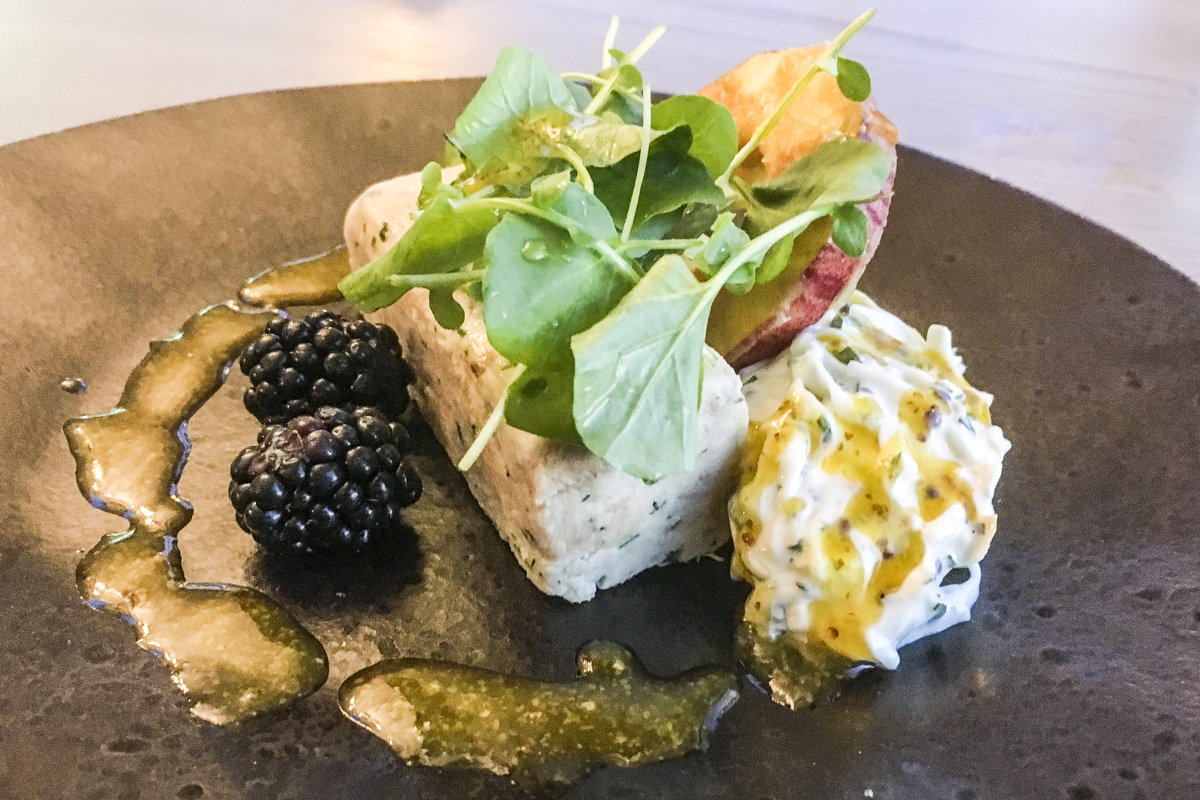
Partridge, pheasant and quail galantine starter at the Mint at Tewkesbury Park
How to get to Tewkesbury
Tewkesbury is on the M5, the A38 trunk and also the A46 and the A438 so it is easy to get to by road. It is connected by local buses to the Ashchurch for Tewkesbury railway station. This station serves the South West, the North and the Midlands with regular trains throughout the day.
Available on GPSmyCity.com
This article is now featured on GPSmyCity. To download this article for offline reading or travel directions to the attractions highlighted in this article, go to Walking Tours in Tewkesbury on GPSmyCity
This article is based on the personal experience of Valery, an ExperiencedTraveller.